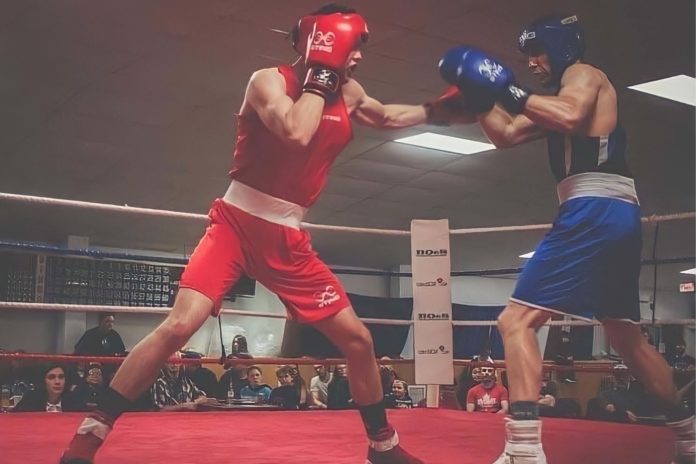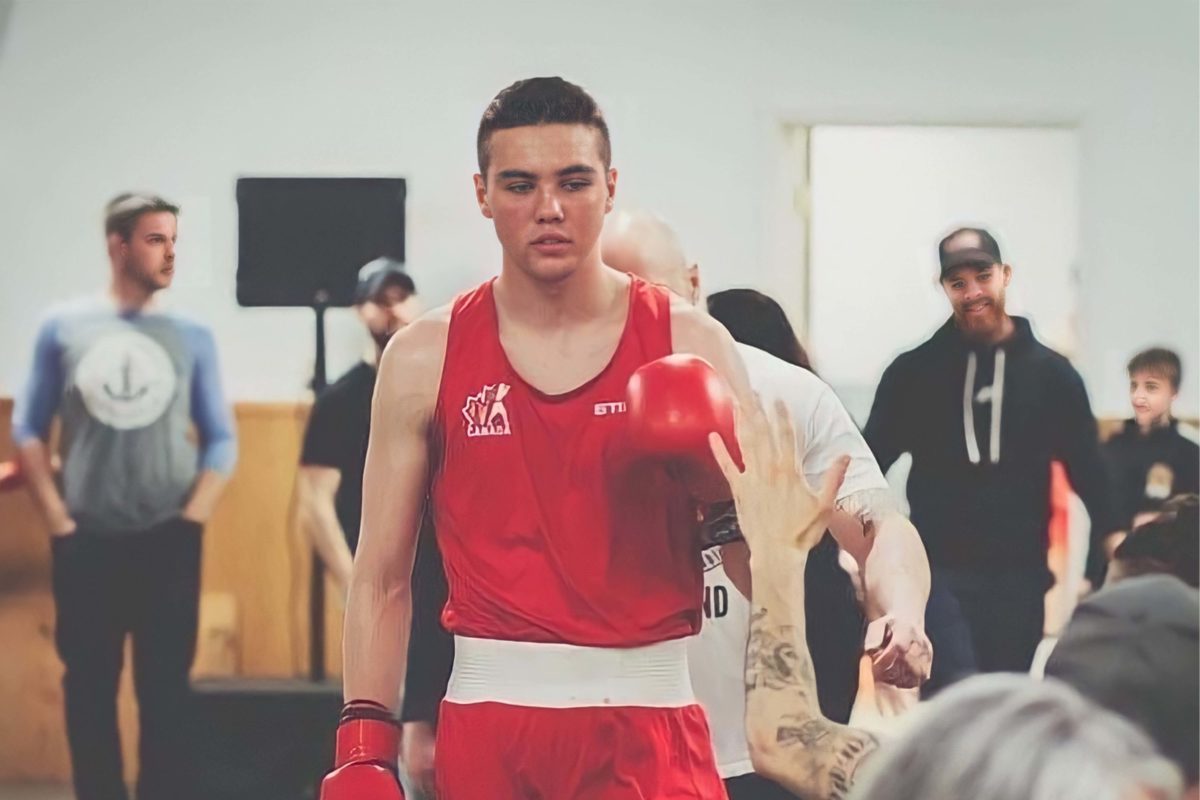
Boxing has seen some of North America’s biggest stars, from Muhammad Ali to Mike Tyson and packed stadiums worldwide. But, the sport is not as popular at the collegiate level.
Sean Finnigan, an Olympic hopeful, trains with one of the only school-run boxing clubs in Canada at Crandall University and said having his sport and education tied together helps him stay focused.
“I wasn’t sure if I was going to try and turn pro after I placed third at Olympic qualifiers in 2019,” said Finnigan. “But since I got this offer from the school, I get to stay amateur for four more years, get a degree and still be eligible to try out for the Olympics again in 2024.”
Within the boxing world, amateur records are what help athletes achieve larger promotions – meaning how they perform at the semi-professional level affects the interest bigger promotions will have. But, once they go professional, they are no longer eligible for the Olympics.
Crandall University is part of the National Collegiate Boxing Association, which allows its team of athletes to compete with local clubs as well as fights with West Point Army Academy twice a year.
Finnigan said after high school, many boxers plan to work to support their boxing journeys because there is a major lack of structured university boxing programs within Canada.
“If I hadn’t made the choice to move to the only school with a program, I’d have no education and just a bunch of amateur fights. Now I’ll have a plan B and a degree supporting me,” he said.
With only two bouts per year organized versus another school, the boxing scene in Canada is almost entirely club-based – making it difficult for collegiate boxers to have a good idea of what their schedule will look like during any given year.

The Crandall program is a lone outlier, with three regimented practices a day, six times per week. Finnigan said the high level of coaching attracts boxers from across the country, but he believes they wouldn’t have had to make these sacrifices if boxing was more widely practiced throughout the U-sports league.
“Most schools have a soccer team or a basketball team, so why not a boxing team?” he said. “I would like to see boxing become a sport in every university.”
Finnigan said he thinks the reason there are fewer boxing programs is because college sport associations don’t like the idea of it.
“There’s definitely a stigma surrounding the sport because you see blood clots, cuts and concussions during boxing matches, but what’s the difference between boxing and football? Or even hockey?”
He said other sports have just as many, if not more, concussions and injuries per year and that there is a bias towards boxing.
“It’s not a barbaric death match like they assume – it’s an art,” said Finnigan.
Former amateur boxer and current kickboxing coach Paxton Culligan said the boxing community in Fredericton is safe and a doctor’s note is required to spar in practice.
“The environment within [my] gym itself was very inviting and they took every precaution they could in order to keep us healthy and safe during my time [there],” said Culligan.
He said that boxing doesn’t create any more of a risk towards head trauma than any other contact sport. But because these injuries are viewed as more “superficially gruesome” than other sports, he said that is where the stigmas spark from.
